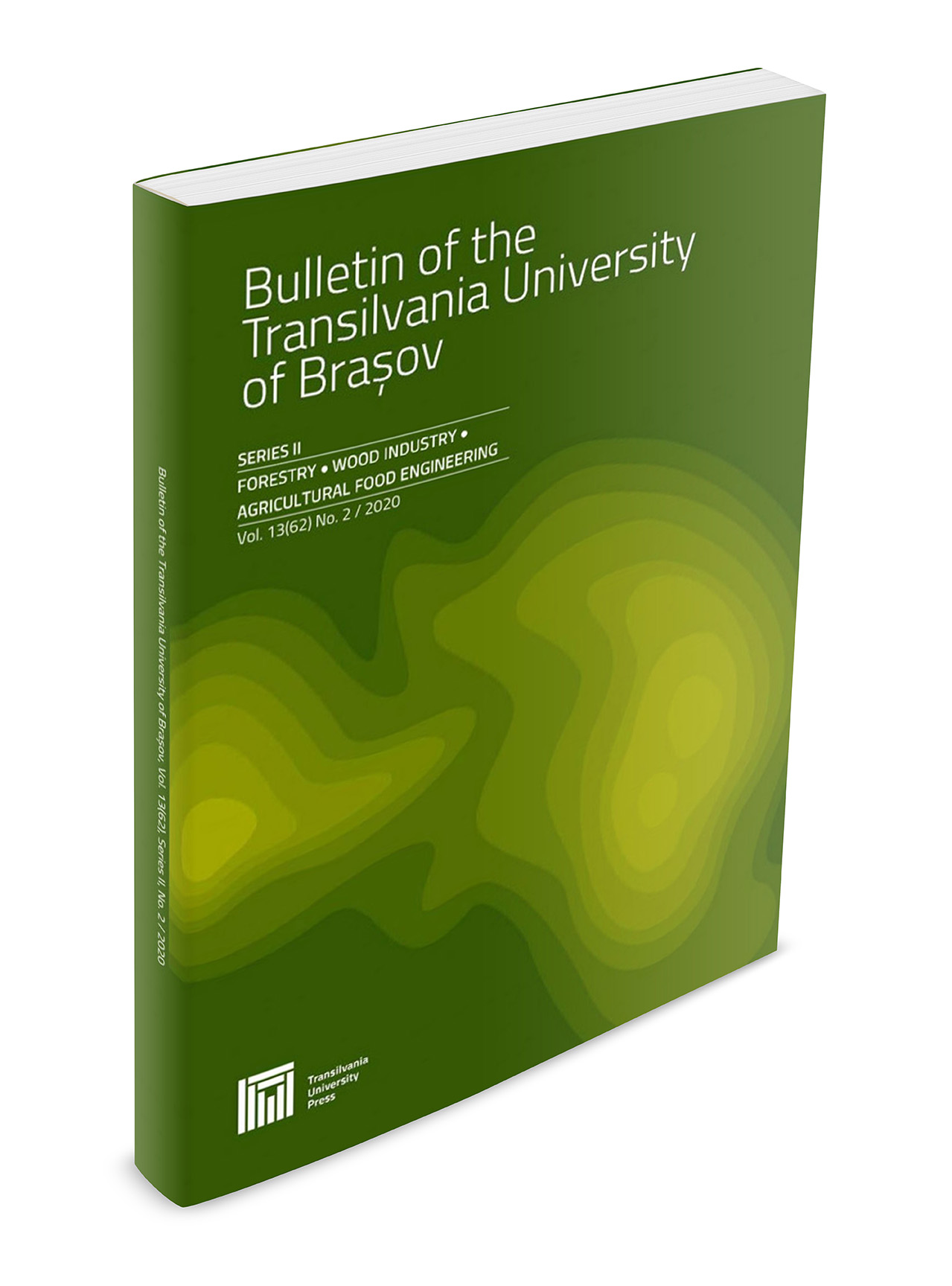Development of Feed Expander
DOI:
https://doi.org/10.31926/but.fwiafe.2023.16.65.2.8Keywords:
pressing, feeds, auger, forming nozzle, modelling, parameters, adaptiveAbstract
The development's objective is to increase productivity and reduce energy consumption in the execution of the technological process of expanded feed preparation while ensuring the necessary quality and safety of the expandates. The rationale for the construction and technological scheme of the feed expander with an improved shaping nozzle has been provided. This nozzle differs in that it consists of a narrowed area of the cylinder, a concave cone, and a crown nut. When heated plasticized mass is moved into the narrowed area of the shaping nozzle, there is an increase in pressure, followed by a sharp decrease after it passes through. This is achieved by increasing the working volume due to the shape of the concave cone. As a result, the plasticized mass expands and exits through the crown nut, forming expandates. Through numerical modelling, the dynamics and distribution of feed mixture components in the cavity between the cylinder of the shaping nozzle and the cone have been determined based on the force of pressure and the force of contact interaction between feed components. This dependence on the radius of narrowing of the cylinder of the shaping nozzle, the radius of the concave cone, and the distance between the cone and the cylinder have been established. Regression equations for the density of the plasticized feed mixture components at the outlet of the shaping nozzle and the maximum pressure required to extrude the plasticized feed components through the shaping nozzle along their movement direction from the specified research factors have been derived. As a result of experimental studies of the compact feed expander, dependencies of the changes in expander productivity, power consumption, the specific energy consumption of the expansion process, and the density of obtained expatriates have been established to the moisture content of the compound feed, the gap between the cone and the nut, and the screw rotation speed.Downloads
Published
2023-12-20
Issue
Section
AGRICULTURAL FOOD ENGINEERING



